UPDATE: January, 2020: The situation “on the ground,” at Lower Antelope Canyon has changed since this article was posted, back in June of 2015. At that time, the crowds at Lower Antelope Canyon were barely a trickle when compared to the billowing herds at Upper Antelope Canyon, a fact which I emphasized in this post. Now, thanks to the rise in popularity of of Instagram and other photo sharing applications, the entire world has been bombarded by amazing pictures of this remarkable place, and four million people showed up in Page last year, all wanting to see Antelope Canyon for themselves. At this point, the crowds at both sections of the canyon are at full capacity. In the peak travel season, reservations are a must, and there is ALWAYS a line of people waiting for the next tour.
In order to accommodate these larger crowds, the Photography Tours which I describe in this post have been suspended. The Photography Tours of Upper Antelope Canyon have been suspended as well, so it truly is the end of an era for serious photographers. You can still take pictures while on your tour, but you can’t use a tripod, you can’t lag behind your group, and nobody gets any extra time in the slot. Far from being less congested, the capacity crowds move down the ladders and through the narrow confines of the Lower Canyon like cattle in a conga line. It’s not all bad. Antelope Canyon is still one of the most beautiful sights you’ll ever see, and the fact that it’s so busy translates into much needed income for the Navajo Tribe. That makes it a Win/Win, but there’s one thing all visitors to Antelope Canyon need to remember: this is Tribal Land, and you are a guest. Treat your hosts, and our mother the earth, with the utmost respect.
********************************************************************************
A slot canyon is a unique geological phenomenon, a stunning display of natural beauty that can take your breath away with a single glance. On the Colorado Plateau, which stretches across Northern Arizona into Southern Utah, slots are formed, over the course of many thousands of years, when torrents of rainwater borne from the monsoon storms of summer sluice through channels and cracks in the soft sandstone. Powerful floods strike repeatedly, year after year, ultimately carving narrow, twisting pathways into the cross-bedded layers of rock, sculpting it into swirling formations that look like petrified waves. The most famous, the most visited, and by far the most photographed of these slots is Antelope Canyon, located just outside Page, Arizona, near the shores of Lake Powell. It’s easy to get to, just off the highway, less than five miles from Glen Canyon Dam. There are two separate sections: Upper Antelope Canyon, known to the Navajo as Tsé bighánílíní, “the place where water runs through rocks”, and Lower Antelope Canyon, known as Hazdistazí, or “spiral rock arches” in the native tongue. Both are on Reservation land, and both are designated as Navajo Tribal Parks, so (as of 2015) all non-Navajo visitors must pay a fee of $8 for a hiking permit. The permit covers you at both locations on any given day, but the tour fees are entirely separate, because the two canyons are served by different sets of tour companies. The tours aren’t cheap, and they’re not optional: no one sets foot in either section of Antelope Canyon without an authorized Navajo guide.
Upper Antelope Canyon is the most visited of the two sections, for the simple reason that it’s the most accessible. The area that’s reserved for the tours is just 600 feet long, but the path twists and turns, so it seems bigger. The canyon floor is flat, requiring no climbing, no scrambling, no stairs, and it’s quite wide, which is a good thing, because it’s always crowded.
The entrance to Upper Antelope Canyon is relatively wide and flat, so you just walk right in and out.
Astonishing formations soar as much as a hundred feet overhead, forming labyrinthine galleries of extraordinary beauty. But good luck, if you want to get this shot without your fellow tourists and their cameras.
The compromise solution? Just shoot above everyone’s head. This canyon is very narrow at the top, but wider at the bottom, so the sun has to be high in the sky and at just the right angle to adequately light the scene. If you choose the wrong time of day (too early, or too late), prepare to deal with very deep shadows.
Multiple tour companies operating out of Page ferry truckloads of tourists along a private dirt road to the entrance of Upper Antelope–usually at a high rate of speed, raising large clouds of dust, some of which you’ll end up wearing. The tours overlap, and they run all day, so the place is like any major attraction almost anywhere else in the world: there are simply too many people, moving through like herds of cattle, hustled along, told when to stop and when to start and where to take their pictures. I don’t mean to be overtly negative: Upper Antelope Canyon is absolutely amazing, and if you want to see it, you have no choice but to join one of those tours. It’s just a shame that it’s been so heavily commercialized–it’s a magical place that’s been diminished by it’s well-deserved popularity. I should note that dedicated Photography Tours are offered at Upper Antelope. The fee is doubled, your time in the canyon is doubled, and, although I didn’t choose that option myself, I can only assume that the participants are afforded better opportunities to take uncluttered photos. Thing is, at the peak times of day, when the light is best, Upper Antelope Canyon will be crazy crowded no matter what kind of tour you’re on.
Lower Antelope Canyon? Now that has a whole different feel. It’s deeper, requiring a climb down steep metal ladders that would be a problem for anyone not steady on their feet, or for a person that gets nervous about heights.
Regular tours start with an easy half mile hike across a rocky stretch of plateau, to the northern entrance of the canyon. From there, you have to descend three steep flights of metal ladders that are bolted to the rock. Some people are intimidated by all that, which is why Lower Antelope Canyon is a bit less crowded.
The canyon floor is very narrow, in some places barely wide enough for your shoe, and it twists and turns for a full half a mile from one end to the other. There are still plenty of visitors, probably too many, at times, but with everyone walking in single file, on a one way path through small, narrow chambers, it never seems like that much of a crowd. Two tour companies service the lower canyon, and for this one you don’t have to ride anywhere in the back of a truck. The entrance to the canyon is an easy walk from the parking lot, right off US 98, so you simply drive yourself out there, only a couple of miles down the highway from Page, then you walk up to one of the booths and you pay your fees. Currently (in 2015), the standard cost is $30 per person, which includes the mandatory $8 Navajo permit. If you’re visiting both sections of the canyon in the same day, and if you already paid that fee at Upper Antelope, you will NOT have to pay it again here. Groups of a dozen or so (more, if it’s a bus tour) are led through the canyon at a leisurely pace, with plenty of stops for picture taking, and the tours take off every twenty minutes, with each group spending a bit more than a full hour in the slot.
If you’re a photographer, there’s another option: just as at Upper Antelope Canyon, special Photography Tours are offered. You pay an extra $20 per person, and for that you get twice as much time in the canyon (two full hours), you travel with a smaller group (usually five or six), and your guide will have significant expertise when it comes to taking properly exposed pictures in this difficult light.
Photography tours are allowed to enter the canyon from the south end, which is a bit less precipitous, and photographers are allowed to travel in both directions within the canyon, while the other tours are restricted to a one-way hike, north to south.
Each of the two tour companies offers four photo tours per day, on a staggered schedule, so there are never more than two groups of photographers in the canyon at the same time, and you won’t be tripping over one another. To join a photo tour, you need two things: a tripod (which proves you’re serious about your craft), and a real camera–an SLR, a DSLR, or one of the mirrorless cameras with interchangeable lenses. Phone cameras, iPads, and point and shoot models won’t cut it, so if that’s all you’ve got, you’ll be relegated to one of the regular tours with the common folk. Major advantage of the photo tour, even aside from the extra time you get, and the invaluable photographic expertise of the guides: photographers are given preferential treatment in terms of right-of-way. By mutual agreement among the guides, the leader of a photo tour has the authority to stop other groups from entering a given chamber during a photo session. All of the ‘non-photographers’ have to wait just out of sight until the ‘photographers’ finish taking all their perfect shots, uncluttered by the smiling faces of the other visitors.
And there’s another thing: the light beams!
Both sections of Antelope Canyon are renowned for the ephemeral beams of light that appear and disappear in various parts of the canyon as the sun moves across the sky. You might see one or two of these on a regular tour, but only if you’re very lucky and your timing is just right. On a photo tour? Light beams are guaranteed, so long as you adhere to the following simple rules: make your visit in Spring or Summer, and take the mid-morning tour. The tops of these canyons are exceedingly narrow, and the walls are anything but straight, so for a sunbeam to actually strike the canyon floor, the angle of the sun in the sky has to be just exactly right–quite literally, a perfect alignment of the star and planet. The timing is actually predictable. The guides on the photography tours know exactly where and when the beams are going to pop up, and they also know how to coax the best photos out of these opportunities. For more information on the light beams, and many photos of same, check my next post:
Antelope Canyon: Part 2 (Conjuring a Beam of Light).
I’d be remiss if I didn’t include a brief word of caution: the primal forces that created these canyons are still very much at work, and those forces can be dangerous. It it’s raining, don’t go to Antelope Canyon. In fact, if it’s raining anywhere within ten miles of the place, you shouldn’t go, because water falling on any part of the watershed funnels right straight through these slots, like water down the drain of a giant sink. Back in August of 1997, eleven tourists ignored explicit warnings from their guide, only to be trapped and drowned when a flash flood came out of nowhere, and hit the Lower Canyon. It was not raining at Antelope that day. The flood was spawned by a thunderstorm that blew through the area seven miles upstream.
In the years since that tragedy occurred, they’ve installed early warning systems for potential flooding, they’ve installed emergency net ladders (out of sight when not in use) to facilitate swift water rescues, and most important of all, they no longer take chances. When it rains, or when there is any likelihood of rain in the area, the canyon tours are closed. And every time there’s a storm big enough to actually flood the canyons, they will will remain closed to visitors until the labor-intensive cleanup is complete. That means that all debris (which can include everything from uprooted trees to drowned rattlesnakes) as well as all standing water, all of it has to be removed (usually via bucket brigade), and a layer of fresh sand has to be shoveled down from above to cushion the trail and absorb any excess moisture. Every day this attraction is closed equates to many thousands of dollars in lost revenue, so closure is not an action that’s taken lightly. The safety of visitors is the primary concern of everyone involved.
(Unless otherwise noted, all of these images are my original work, and are protected by copyright. They may not be duplicated for commercial purposes.)
This is an interactive Table of Contents. Click the pictures to open the pages.
The Incomparable Beauty of Antelope Canyon
Antelope Canyon: Part 1
Slot canyons are formed, over the course of many thousands of years, when torrents of rainwater borne from the monsoon storms of summer sluice through channels and cracks in the soft sandstone. Powerful floods strike repeatedly, carving narrow, twisting pathways into the cross-bedded layers of rock, sculpting swirling formations that look like petrified waves.
<<CLICK to Read More!>>
Antelope Canyon: Conjuring a Beam of Light
Ephemeral “God beams” appear like magic in the confined space, slanting across the canyon floor like spotlights on a theater stage, only to disappear after a few minutes as the earth spins another fraction of a degree, breaking the perfect alignment.
<<CLICK to Read More!>>
Antelope Canyon: Conjuring a Beam of Light: Take 2
Today, thanks to Instagram, Pinterest, Facebook, and all the other photo sharing sites out there, every human on the face of the earth knows about Antelope Canyon, and the volume of visitors has mushroomed into the millions. Instagram, alas, is its own worst enemy,
<<CLICK to Read More!>>
There's nothing like a good road trip. Whether you're flying solo or with your family, on a motorcycle or in an RV, across your state or across the country, the important thing is that you're out there, away from your town, your work, your routine, meeting new people, seeing new sights, building the best kind of memories while living your life to the fullest.
Are you a veteran road tripper who loves grand vistas, or someone who's never done it, but would love to try? Either way, you should consider making the Southwestern U.S. the scene of your own next adventure.
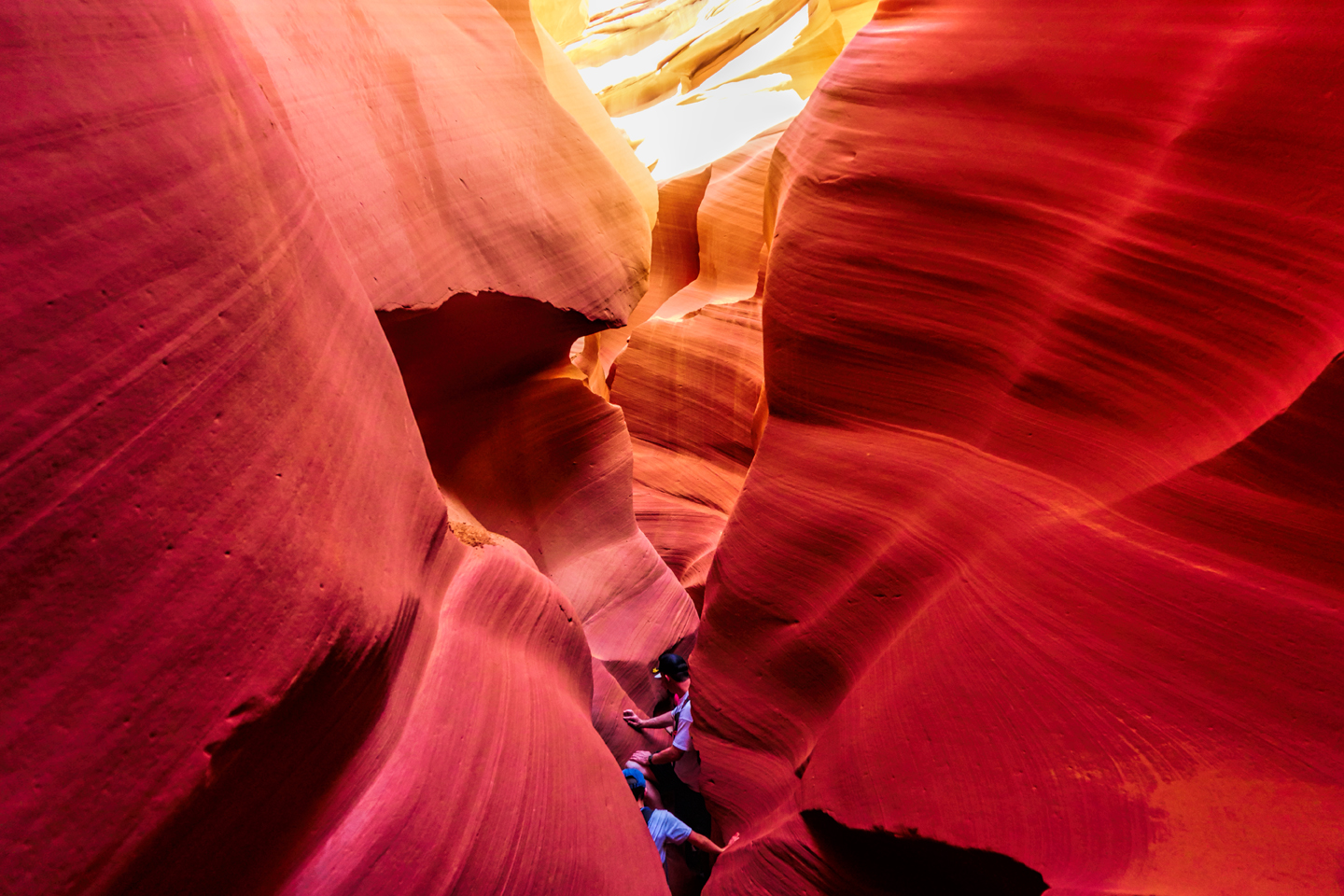













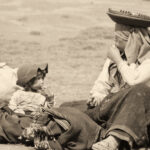
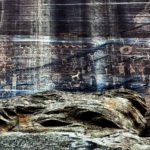
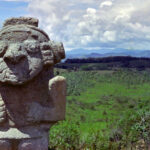
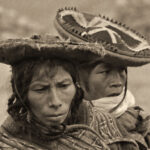

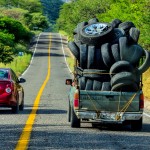
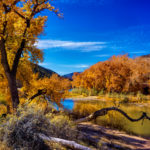
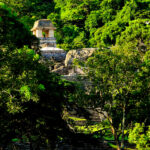

Recent Comments